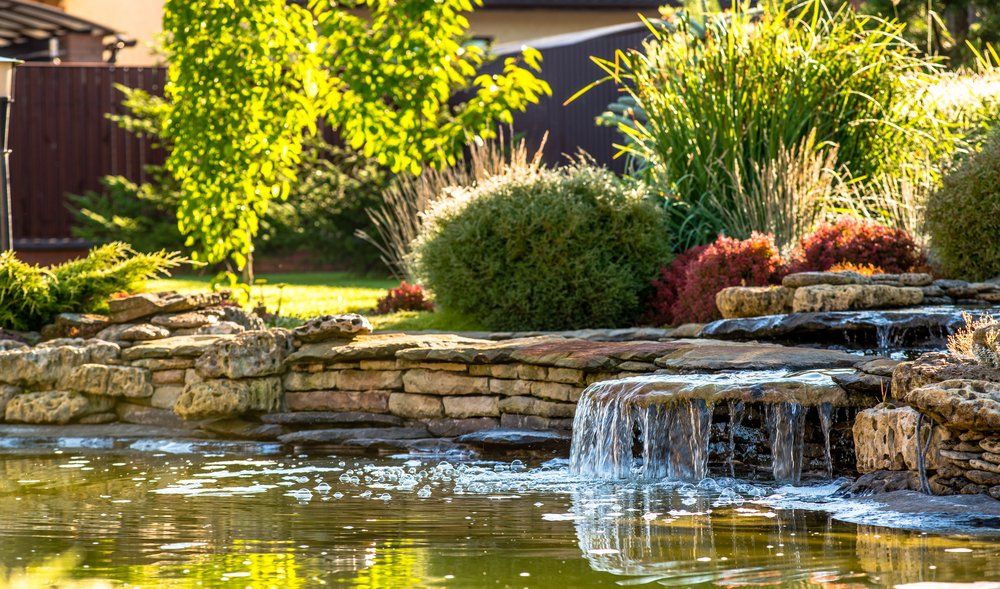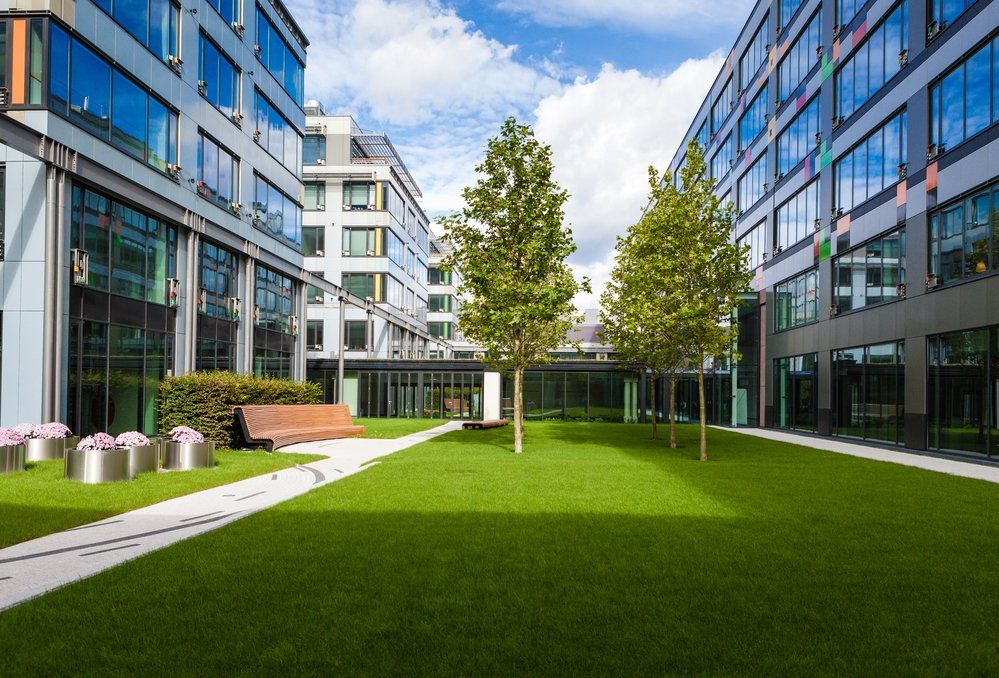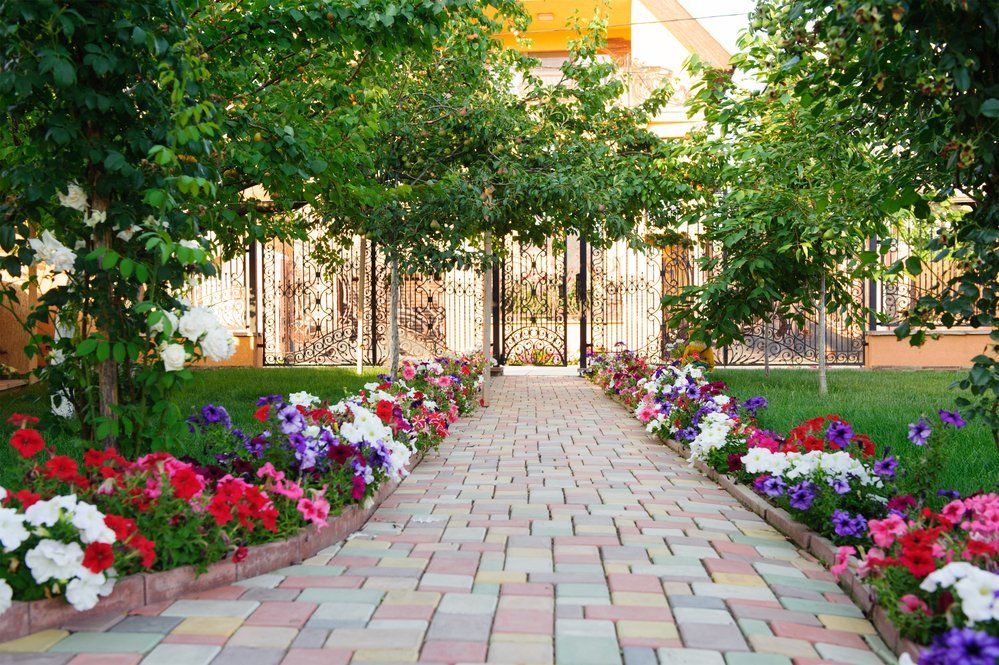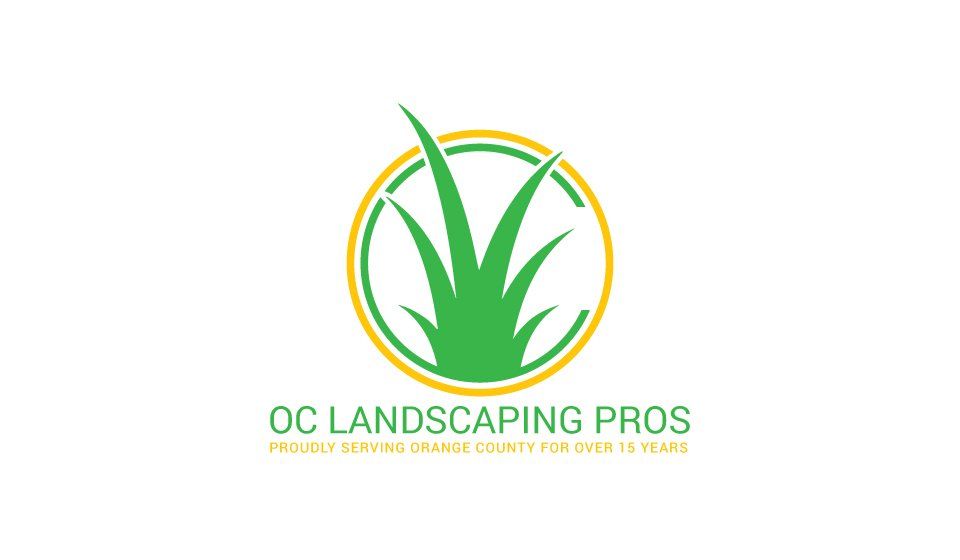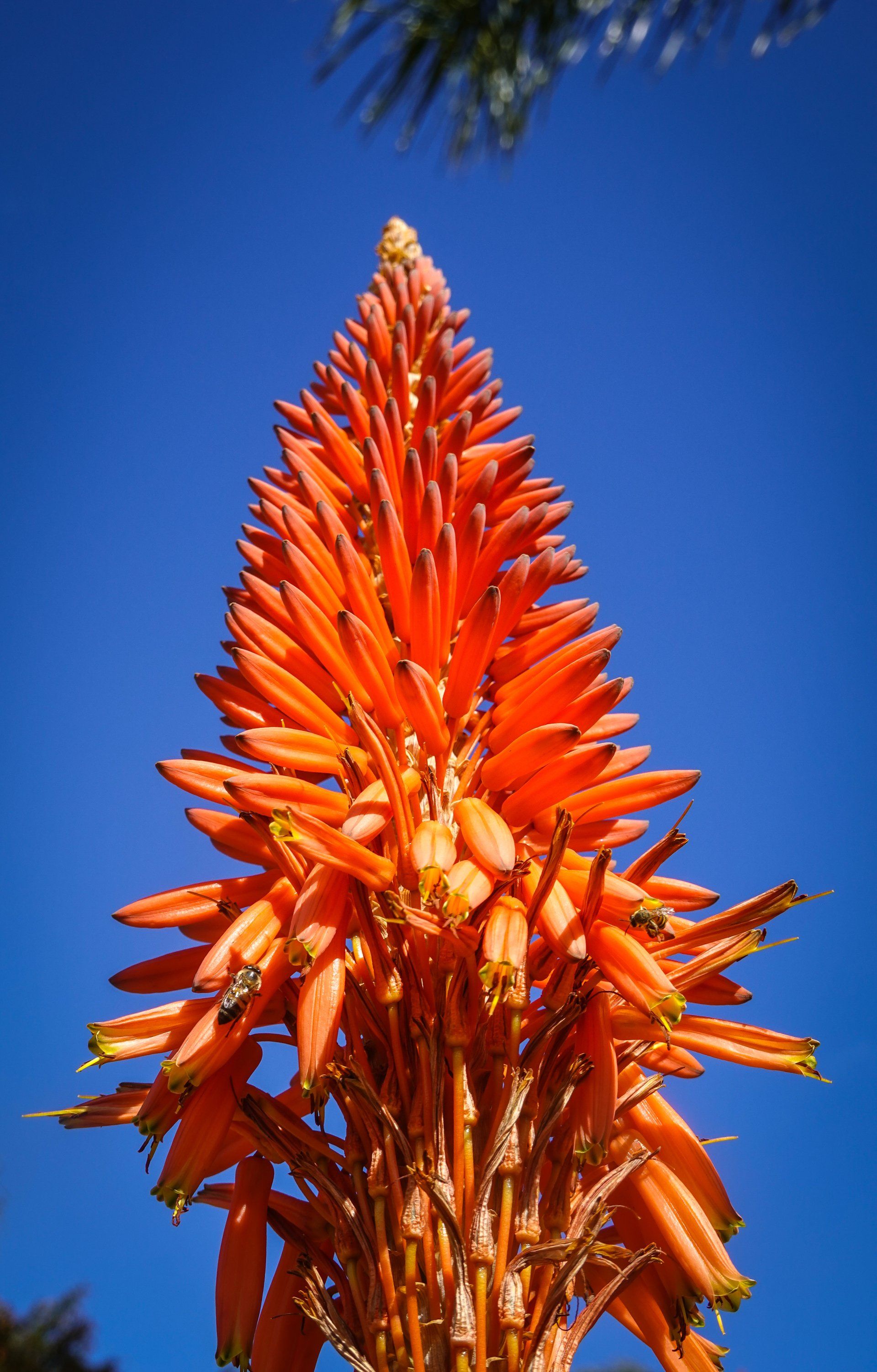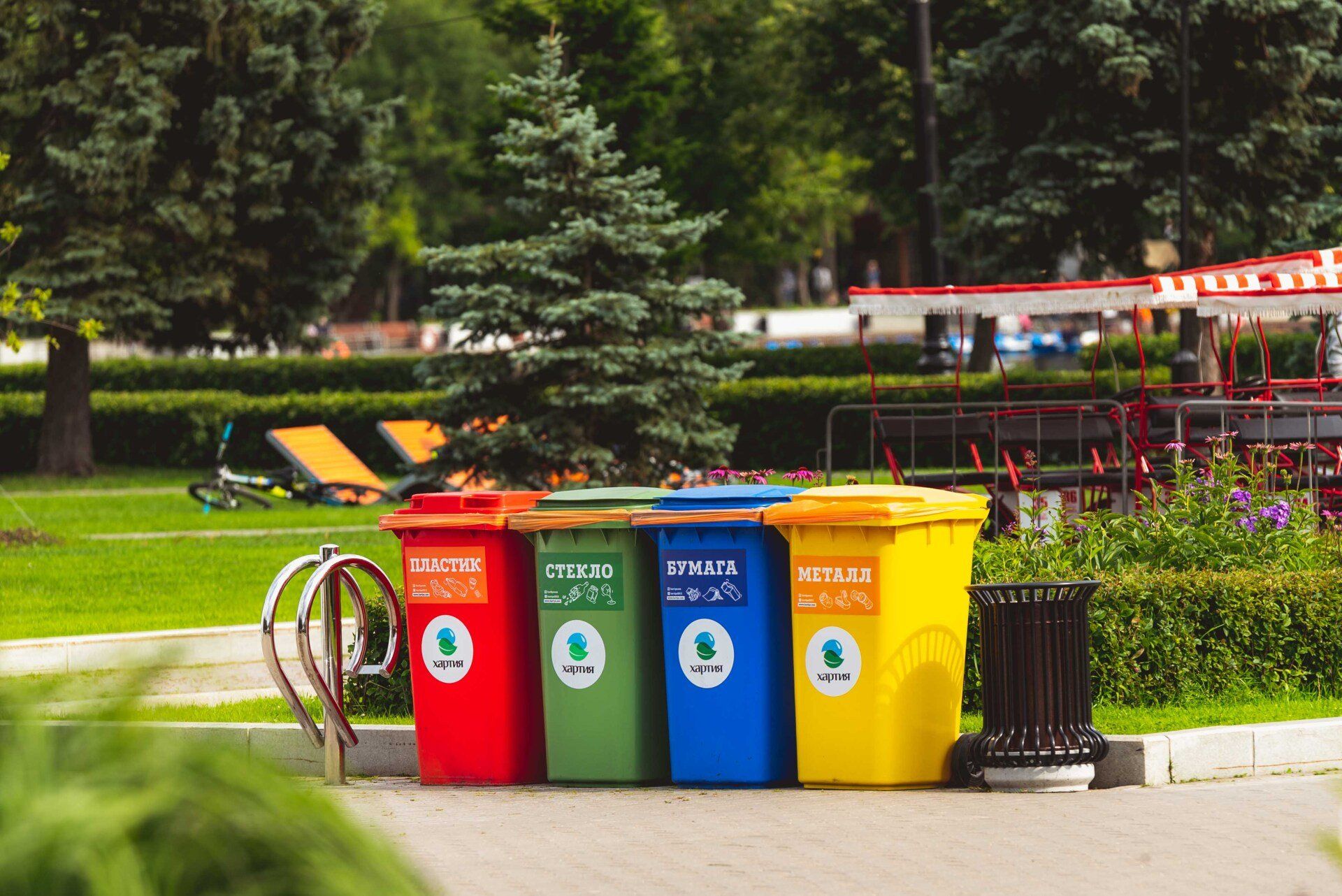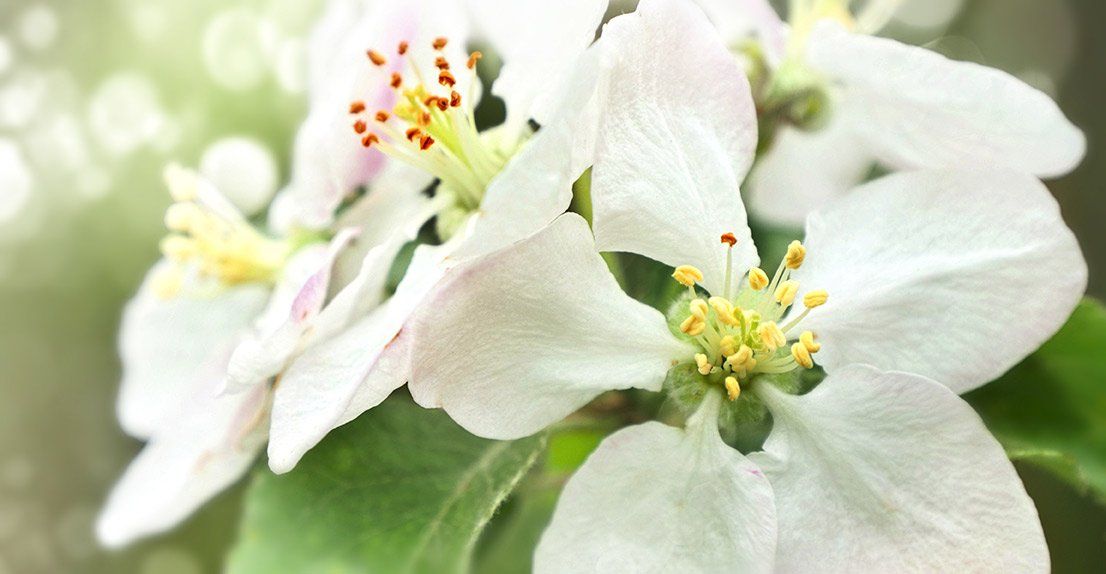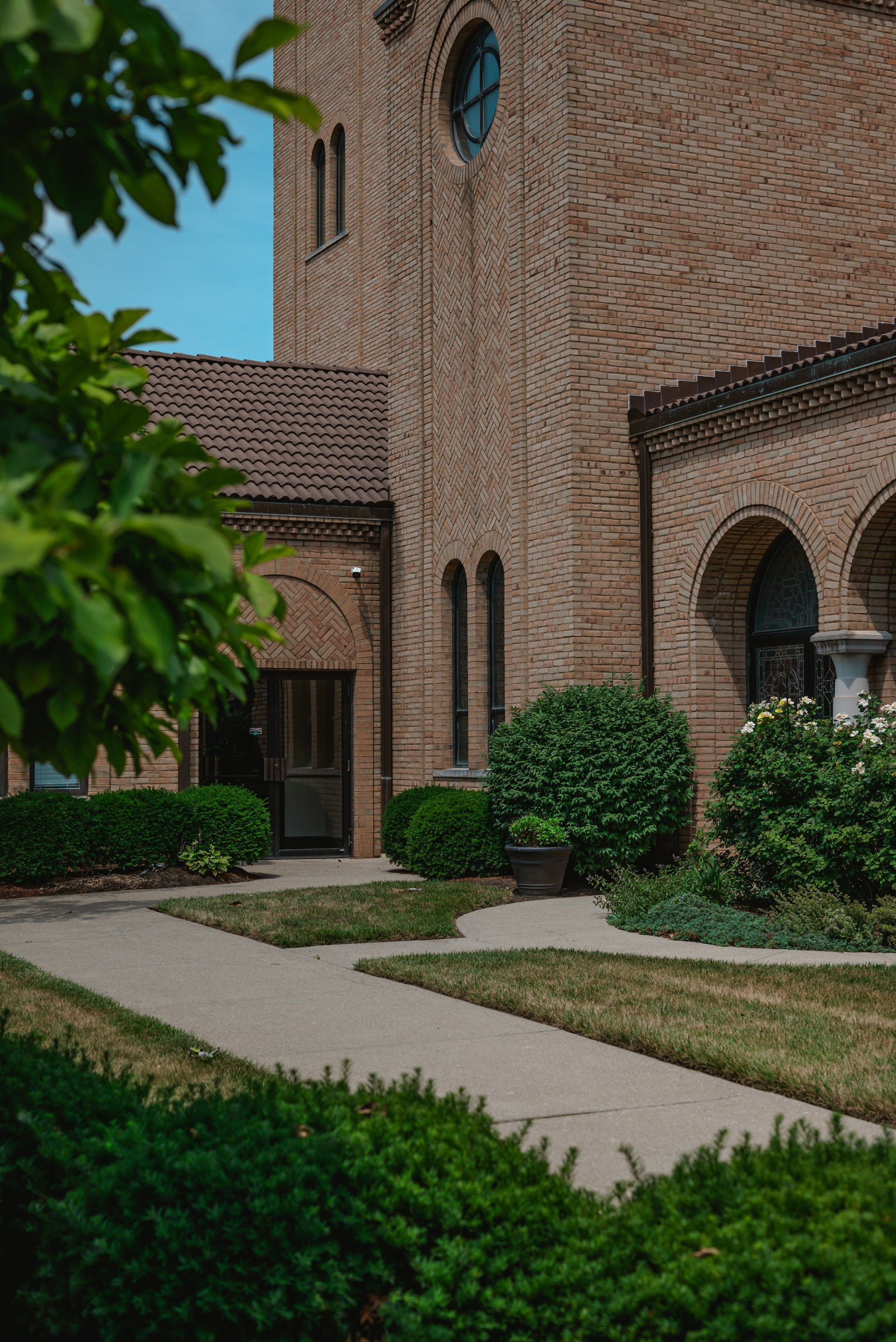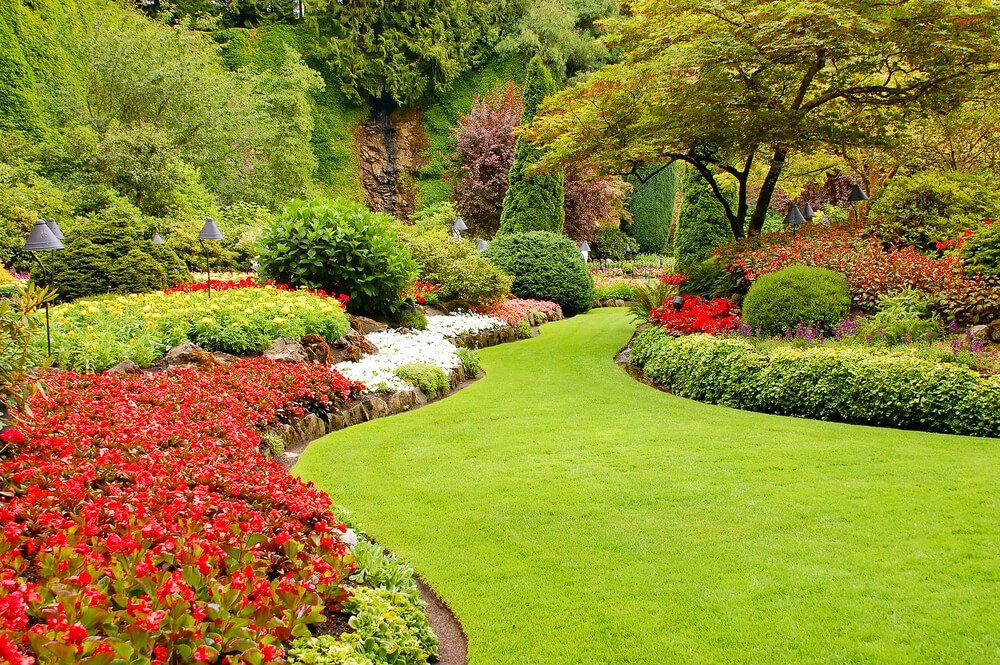10 Best Backyard Fruit Trees: Easy to Maintain and Low Maintenance
Ten Best Fruit Trees for Your Backyard
Dwarf Mulberry
Dwarf Mulberry trees can be a great option for your backyard. The best thing about them is that they don't grow very tall, so you can plant them as close to your house or other buildings without worrying. Also, Mulberries are super delicious and if you have young children they will especially love picking the berries off of the trees.
Mulberries are also best for backyards. This variety of berry is best during the early summer and will grow to about 15 feet tall in no time! They're often found next to fig trees too because they both have similar needs as well as tastes.
While growing dwarf Mulberry trees in your backyard may not be a popular choice we believe they are best for the smaller space and will give you plenty of berries to keep your family satisfied.
Dwarf Fig Tree
Figs are a controversial fruit. Most people either love figs or they hate them. If you happen to be one of the people who can't get enough of this fruit, there is no doubt that Dwarf Fig trees are a great tree to plant in your backyard.
Figs are a great choice for your backyard. They can be utilized for fruit and even decoration! Plus they're native to the western hemisphere.
Dwarf fig trees grow slowly and are adaptable to various soil types as well as different climates. To make things even better, they can yield their delicious fruit up to twice per year!
Fig trees also offer an exquisite view inside your yard which brings nature into our urban environment. You'll most likely see bees, butterflies, and hummingbirds around them too! This is because figs provide such sweet-tasting nectar that these creatures can't resist! With all of these perks in mind, it's easy to understand why some people go so far as labeling the Fig Tree as a "gateway fruit tree."
Buddha's Hand Citron
Buddha's Hand Citrons are a great choice for your backyard. They don't grow to be very large- around 3-6 feet - so you can easily plant one and it not take up too much space. They will need at least 6 hours of sunlight in order to produce good fruit and they'll do best in well-drained soil with good nutrition. One thing you should note is that if cultivated on request, the Buddha's Hand plums are always going to be curved, so they're usually grown on automated systems or poles rather than on the ground like other citrus trees.
The citron is native to Southeast Asia but spread by trade routes throughout southern China, India southwards into Java although nowhere in its original range did it flourish as much as in the Mediterranean region.
Becoming a part of European culture, they were first used to bestow honor and respect on those who had achieved some great accomplishment or for high-ranking clergymen (i.e bishops). They became symbolic of good fortune and happiness and would be given out at weddings.
So go ahead and plant a Buddha's Hand Citron in your backyard and let us know how you like it.
Japanese Persimmon Tree
Persimmon trees are perfect for your backyard. They are beautiful, productive, and create a natural shade over the yard. In addition to some serious benefits from eating the fruits like improving lower blood pressure and cholesterol levels, persimmon trees also provide many benefits to other creatures who may reside in or visit your garden such as birds that eat and distribute the fruit around the neighborhood.
There is little work needed for this tree because it provides fruit for you without any care from you! Simply decide where to plant it in your garden and ignore it most of the time (although it's beneficial to water once every few days). Let nature do its thing!
Dwarf Apple Tree
Dwarf apple trees are perfect for your backyard. They can produce fruit in the smallest space, they offer privacy from the neighbors, and they're drought tolerant.
Dwarf Apple Trees have just as many nutrients as their taller counterparts but take up less room because of their size. Raising one is great for getting them to bear fruit quickly, though it usually takes a few years before you'll start reaping all of the health benefits that accompany a fully matured tree which will provide you with fresh apples infected with wintertime illnesses-a youthful vigor doesn't matter once growth has ceased! One thing I recommend is investing in an organic spray for trees to maintain crop quality and decrease powdery mildew.
The only downside? Well, having a Dwarf Apple Tree is that you need to be keeping an eye on it, they're constantly under attack from all sorts of pests and diseases. You can use natural methods like planting flowers around them or spraying with organic pest control for best results!
Dwarf Pear Tree
Dwarf Pear Trees can grow in most climates and conditions (although sap production is impaired by hot dry winds). They make excellent ornamental plants for smaller backyards and urban spaces where larger trees just would not work. One of the best features about this tree is that it blooms twice-yearly in spring with fragrant white flowers which are followed by small clear green fruits that will slowly ripen to a yellow-orange color.
This is the best fruit tree for a smaller garden. The best thing about this kind of tree, which you don't see often with other types, is that it will grow without any need to prune or cut back limbs! This tree is also very easy to take care of. It doesn't require much watering, and it's resistant to most pests.
Dwarf Apricot Tree
Dwarf apricot trees are a great choice for your backyard. Especially if you live near a coast because they're resistant to salt air, are more cold tolerant, and are easier to transport. A lot of people use them as a replacement for cherry trees in states with harsh winters. Being small and self-reliant, these apples will thrive in any summer climate but can also be grown indoors or out during the winter months in milder climates too.
Planting a dwarf Apricot tree can be hard work. At OC Landscaping Pros we offer tree planting services. Give us a call today for a free quote.
Dwarf Cherry Tree
Dwarf Cherry Trees are perfect for your backyard. Consider that they are relatively small in terms of their size, and grow slowly. In other words, they have a slower growth rate which makes them the perfect choice for mini gardens and those who want to spend less time pruning or maintaining plants. It's also important to note that because they grow so slowly, one can get a much greater return on investment than what you would with larger trees-even though these dwarf plants may be more expensive at first!
Dwarf Plum Tree
Plum trees make great additions to any yard. Like many fruit trees, they are susceptible to insects such as the plum curculio, or in bigger pockets like New York State or the San Joaquin Valley of Southern California, attacks from fruit fly larvae--typically if you see wilted fruit and adult flies gather over them.
You may want to purchase a powdered insecticide that is specific for plum curculios on mid-to-late autumn evenings at dusk when they are around your home. The next day check carefully through all the flowers and select those with heavy infestations of worms by shaking them over a wide-open container until any moths fly up from inside and release their eggs into waiting water below.
Dwarf Peach Tree
Dwarf peach trees are wonderful for kids who like to get their hands dirty and enjoy picking their own fruit. In some cases, people try planting full-size peach trees only to find that they are overpowered by the trunk's height - looking over a tree that is taller than themselves can be very disorienting and a little intimidating!
Dwarf peach trees produce smaller flowers and fruits which take less time to grow but still taste great. They require few pruning adjustments since no unnecessary branches or green shoots will be left coming through the graft or rootstock.
All in all, they're perfect for anyone with limited space!
Conclusion
Dwarf fruit trees are a great choice for those looking to add something special to their backyard. They come in many different shapes and sizes, so no matter what type of space you have available there's bound to be one that will fit your needs! If you're interested in adding some variety - or just more trees!- into your yard this year, we suggest taking a look at these popular varieties mentioned above. Let us know which one is your favorite by leaving a comment down below!
